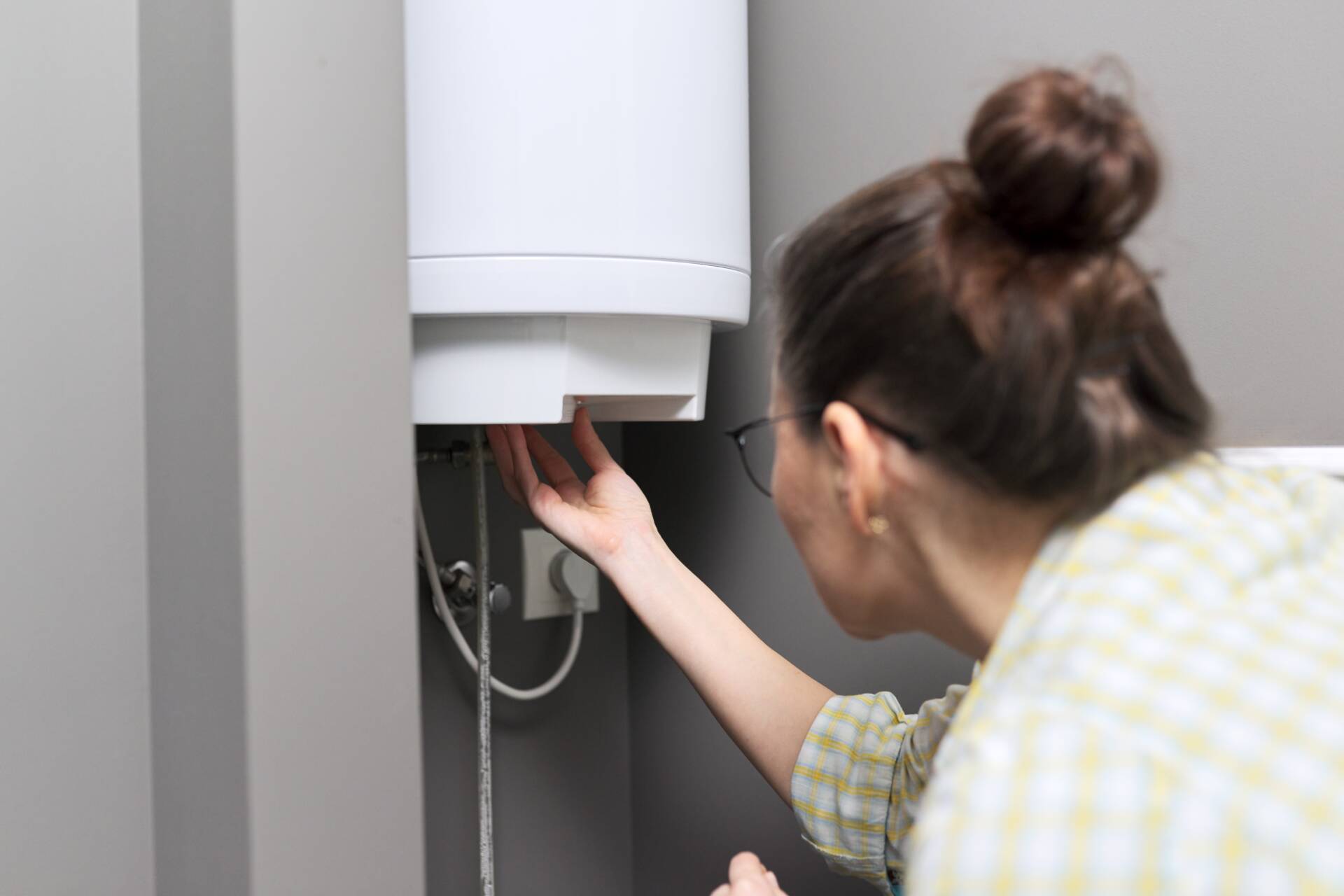Steps to Successfully Care for Your Home's Hot Water SystemExpert Advice on Caring for Your Home's Hot Water SystemBest Practices for Maintaining Your Home's Hot Water System
Steps to Successfully Care for Your Home's Hot Water SystemExpert Advice on Caring for Your Home's Hot Water SystemBest Practices for Maintaining Your Home's Hot Water System
Blog Article
On this page below you might get a good deal of incredibly good insight around How to Maintain a Hot Water Heater in a Few Simple Steps.

Hot water is important for daily comfort, whether it's for a revitalizing shower or cleaning meals. To guarantee your warm water system runs effectively and lasts much longer, normal maintenance is essential. This post offers functional ideas and insights on just how to maintain your home's hot water system to stay clear of disruptions and pricey fixings.
Introduction
Maintaining your home's warm water system could seem overwhelming, however with a few simple actions, you can ensure it runs efficiently for many years ahead. This guide covers every little thing from comprehending your hot water system to do it yourself maintenance pointers and knowing when to call in professional aid.
Significance of Keeping Your Hot Water System
Normal upkeep not only prolongs the life-span of your hot water system however additionally guarantees it operates effectively. Neglecting upkeep can cause lowered efficiency, greater power bills, and even early failing of the system.
Signs Your Hot Water System Needs Maintenance
Understanding when your warm water system requires focus can protect against major issues. Watch out for indicators such as irregular water temperature, odd noises from the heating system, or rustic water.
Recognizing Your Warm Water System
Prior to diving into maintenance tasks, it's useful to understand the standard components of your warm water system. Commonly, this consists of the hot water heater itself, pipes, anode rods, and temperature controls.
Monthly Upkeep Tasks
Routine regular monthly checks can help capture minor problems prior to they escalate.
Flushing the Water Heater
Purging your hot water heater removes debris buildup, boosting effectiveness and lengthening its life.
Monitoring and Changing Anode Rods
Anode rods stop corrosion inside the tank. Inspecting and changing them when worn out is important.
Inspecting and Adjusting Temperature Level Settings
Readjusting the temperature setups makes certain ideal performance and safety.
DIY Tips for Upkeep
You can execute a number of maintenance jobs yourself to maintain your warm water system in top problem.
Checking for Leakages
Routinely examine pipelines and connections for leakages, as these can bring about water damage and greater bills.
Testing Stress Relief Valves
Testing the stress safety valve ensures it works properly and prevents excessive pressure accumulation.
Protecting Pipes
Shielding hot water pipes lowers warmth loss and can conserve power.
When to Call a Professional
While DIY maintenance is valuable, some concerns require professional experience.
Facility Problems Requiring Expert Assistance
Instances include major leakages, electric problems, or if your hot water heater is regularly underperforming.
Regular Expert Upkeep Perks
Specialist maintenance can include extensive evaluations, tune-ups, and making sure conformity with security standards.
Verdict
Normal upkeep of your home's hot water system is crucial for efficiency, longevity, and expense savings. By adhering to these ideas and knowing when to seek specialist assistance, you can guarantee a dependable supply of hot water without unexpected disturbances.
How to Maintain an Instant Hot Water Heater
Before tinkering with your hot water heater, make sure that it’s not powered on. You also have to turn off the main circuit breaker and shut off the main gas line to prevent accidents. Also turn off the water valves connected to your unit to prevent water from flowing into and out of the appliance. 2. When you’re done, you have to detach the purge valves’ caps. These look like the letter “T” and are situated on either side of the water valves. Doing so will release any pressure that has accumulated inside the valves while at the same time avoid hot water from shooting out and burning your skin. 3. When the purge valves’ caps are removed, you have to connect your hosing lines to the valves. Your unit should have come with three hoses but if it didn’t, you can purchase these things from any hardware or home repair shops. You can also get them from retail stores that sell water heating systems. Read the user’s manual and follow it to complete this task properly. When the hosing lines are connected, open the purge port’s valves. 4. You should never use harsh chemical cleaners or solutions when cleaning your unit. Make use of white vinegar instead. It should be undiluted and you’ll probably use about 2 gallons. 5. Now flush your water heater. This task should probably take about 40 minutes. We can’t give you specific directions for this because the procedure is carried out depending on the type, model and brand of your heater. With that being said, refer to the user’s manual. 6. When you’re done draining the unit, you have to turn off the purge port valves again. Remove the hosing lines that you earlier installed on each of the water valves. Put the valve caps (purge port) back in their respective places and be very careful so as not to damage the rubber discs that are found inside these caps. 7. Now that everything’s back in place, check your user’s manual again to find out how to reactivate your water heating system. 8. Once it is working, turn one of your hot water faucets on just to let air pass through the heater’s water supply pipes. Leave the tap on until water flows smoothly out of it. https://www.orrplumbing.com/blog/2014/september/how-to-maintain-an-instant-hot-water-heater/

I'm just very taken with Tips For Maintaining Your Hot Water Heater and I'm hoping you appreciated the new page. Sharing is caring. Helping people is fun. Thank you for going through it.
Schedule Your Service Report this page